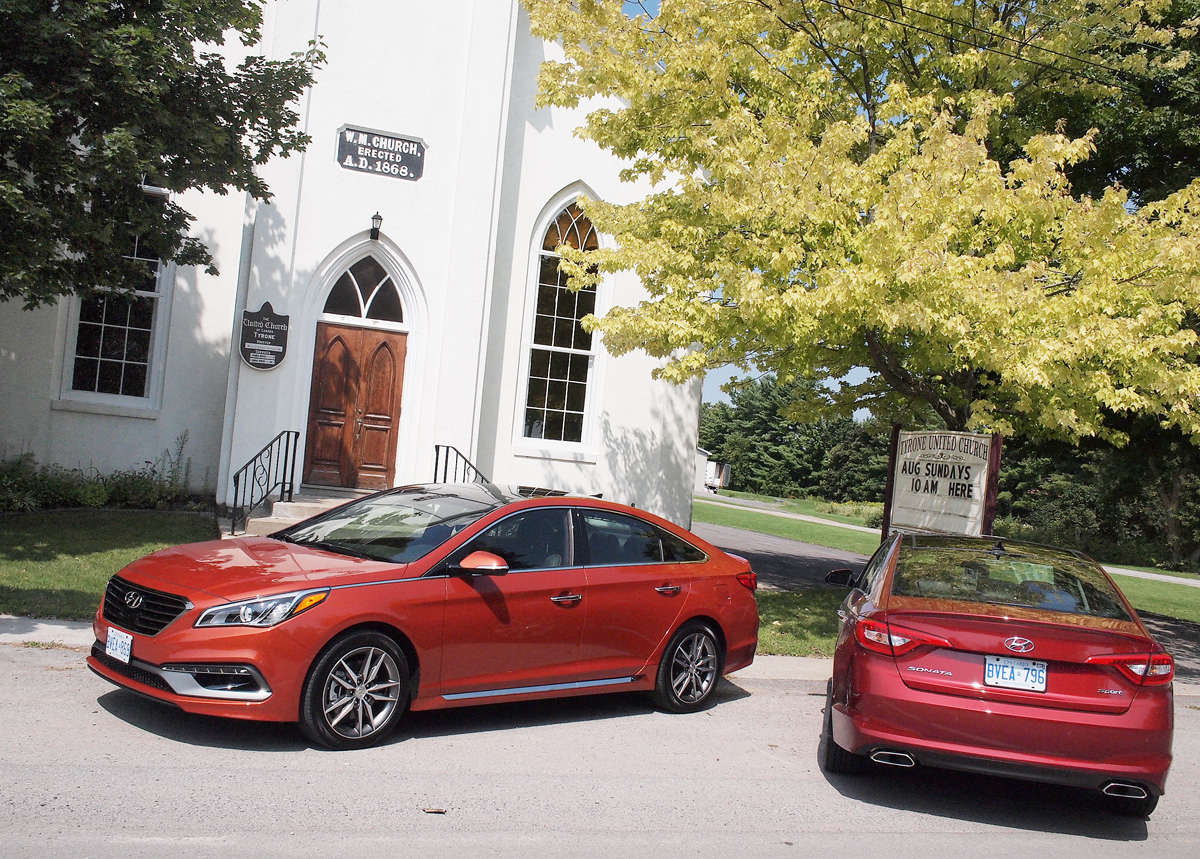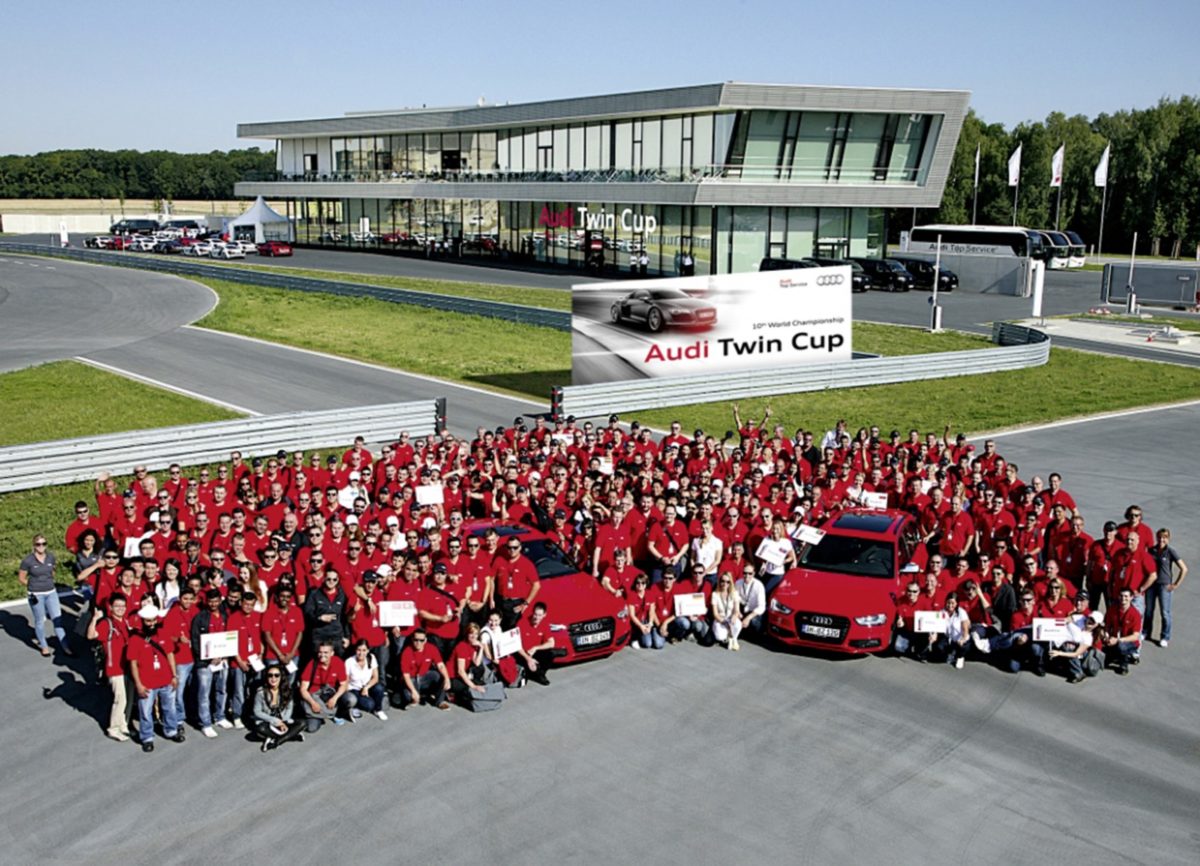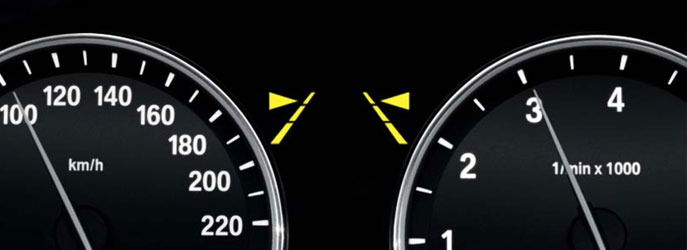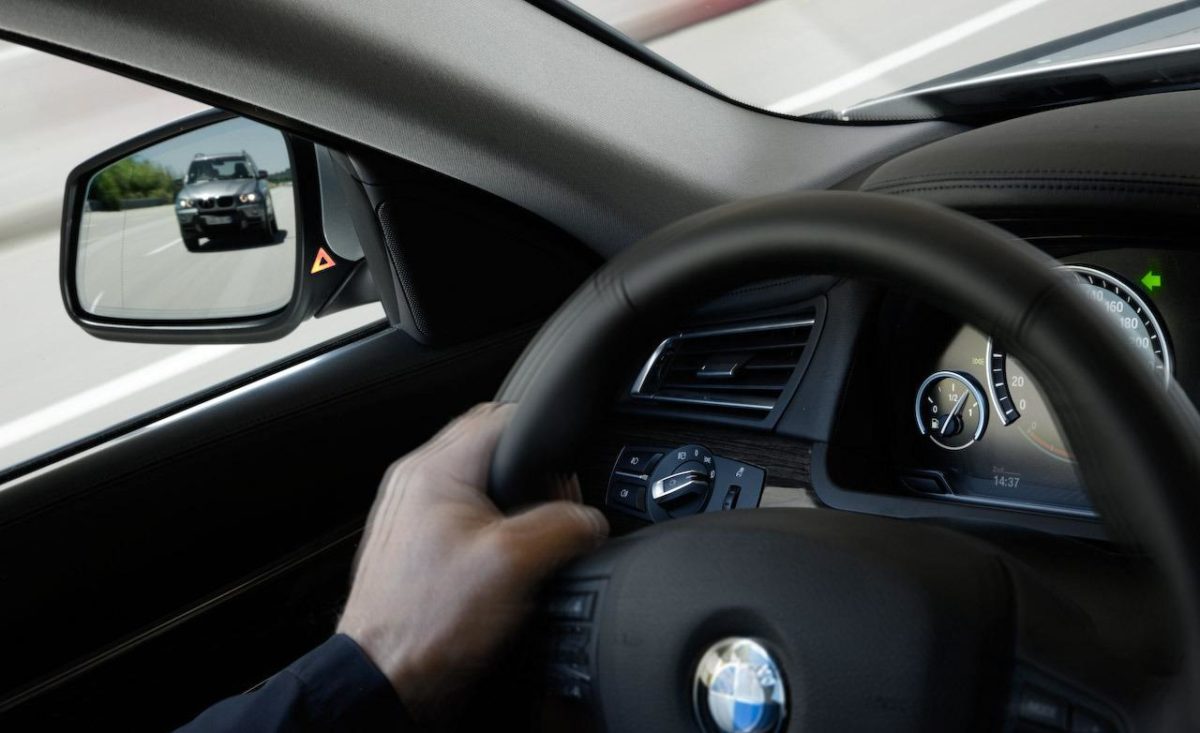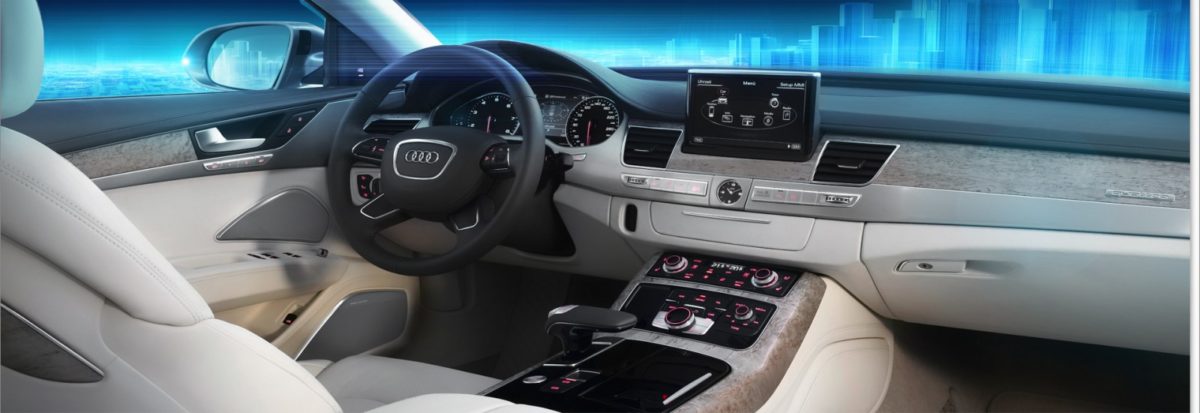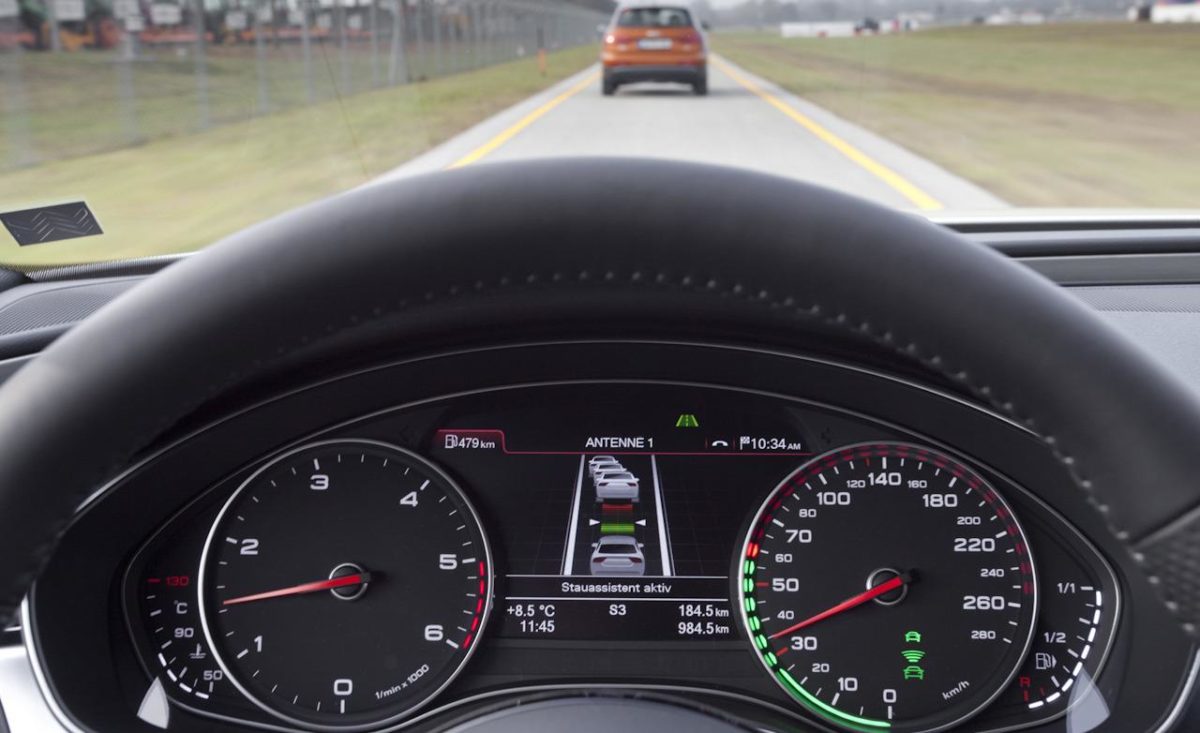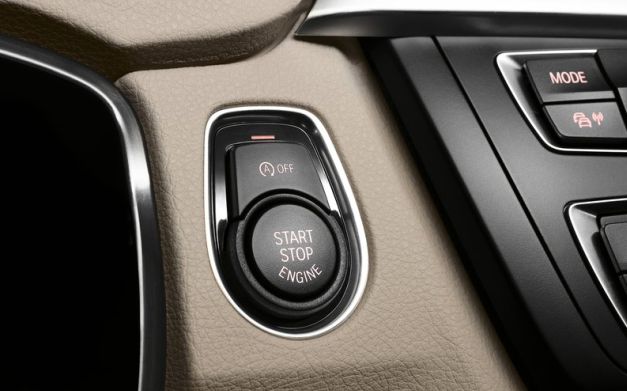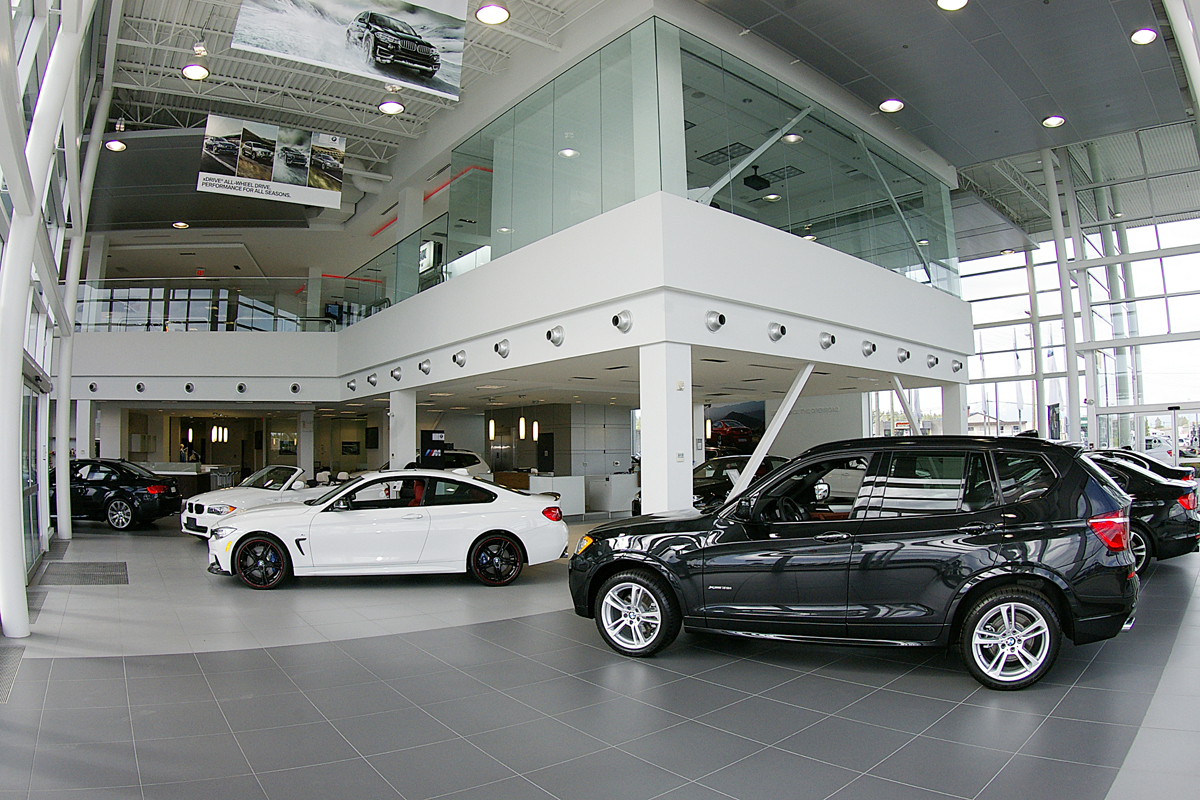Hyundai Fun Day 2014 lives up to name

Not only does Hyundai Fun Day rhyme, but the automotive outing taking place at Ontario’s Canadian Tire Motorsport Park (CTMP) lives up to its name by being an entertaining — and educational, I might add — annual event.
Hosted by the Seoul, Korea-based manufacturer, a handful of journalists and writers gathered at the racetrack for a few hours of light-hearted vehicle testing.
“It’s an opportunity to catch up on all of the product news Hyundai has brought, or will shortly bring, to market,” says public relations manager Chad Heard in a press release.

The day started off bright and early with a breakfast at hotel in North York before making the trek to CTMP in Bowmanville. Guests travelled to the venue in their choice of two vehicles that were heavily featured during the event — the all-new seventh-generation 2015 Sonata and the redesigned Mark II Genesis sedan.
The Sonata is Hyundai’s signature “intermediate” sedan, and is the brand’s first mainstream model to embody its “Fluidic Sculpture 2.0” design that is an aesthetic quality that makes the vehicle appear as though it’s always in motion.
The redesign has much bolder and more aggressive styling embodied by a big hexagonal grille, angular headlight housings that blend in with the top of the front fender line, and bright LED daytime running lights. At the back, the 2.0T trim has gorgeous quad exhaust outlets. A flat-bottomed steering and orange stitching inside give a sporty feel.

Two engine choices are available: a 2.4-litre naturally-aspirated four-cylinder with 185 horsepower and 178 lb-ft of torque, and the aforementioned two-litre turbo with 245 hp and 260 lb-ft of torque.
Patrick Danielson, Hyundai product planner, says the Genesis is “a statement of what Hyundai can do.” If that’s the case, the company is doing quite a lot. The four-door is a premium luxury sedan with a very European look – just look at the oversized chrome grill that extends far into the front bumper, HIDs, LED light strip, long wheelbase and wide stance.
The previously offered V6 and V8 engines have been revised to now develop 311 hp/293 lb-ft of torque and 420 hp/383 lb-ft, respectively, with updated technologies like a three-stage Variable Induction System and a freer-flowing exhaust manifold.
Other enhancements include a stiffer chassis, a full under-body cover making the Genesis more aerodynamic and quiet, and a suspension system with increased travel for a more comfortable ride. All trims receive the new HTRAC all-wheel drive that can split torque depending on road conditions or driver-selected settings such as Normal, Sport and Snow modes.

Aside from the pair of star cars, Hyundai had on hand a full complement of their other offerings. Following my drive in a Sonata to the motorsport park, I started the day off with taking the Santa Fe and Tucson crossovers on a short but muddy offoroad track. I then hopped in a quirky-looking, but very fun, turbocharged Veloster hatchback onto an autocross course where I placed 11th overall with a self-proclaimed respectable time of 34.3 seconds (first place was 32 seconds).
I ended my portion of performance activities with a few adrenaline-pumping laps around the track in a R-Spec Genesis Coupe that, on top of the 348-hp V6, has a firmer suspension, Brembo brakes and a factory-option tuned exhaust that sounded simply mean.
To learn more about Hyundai models, visit openroadhyundai.com.





